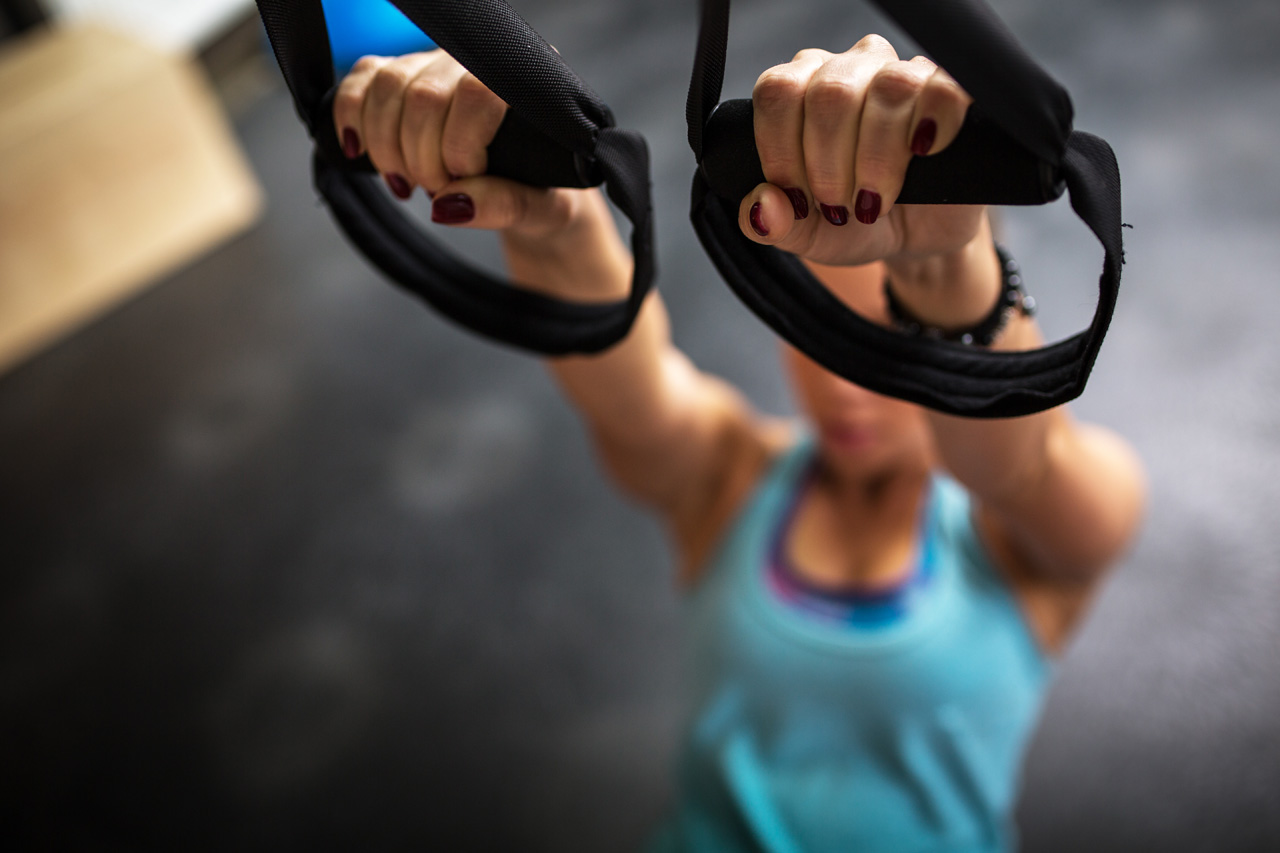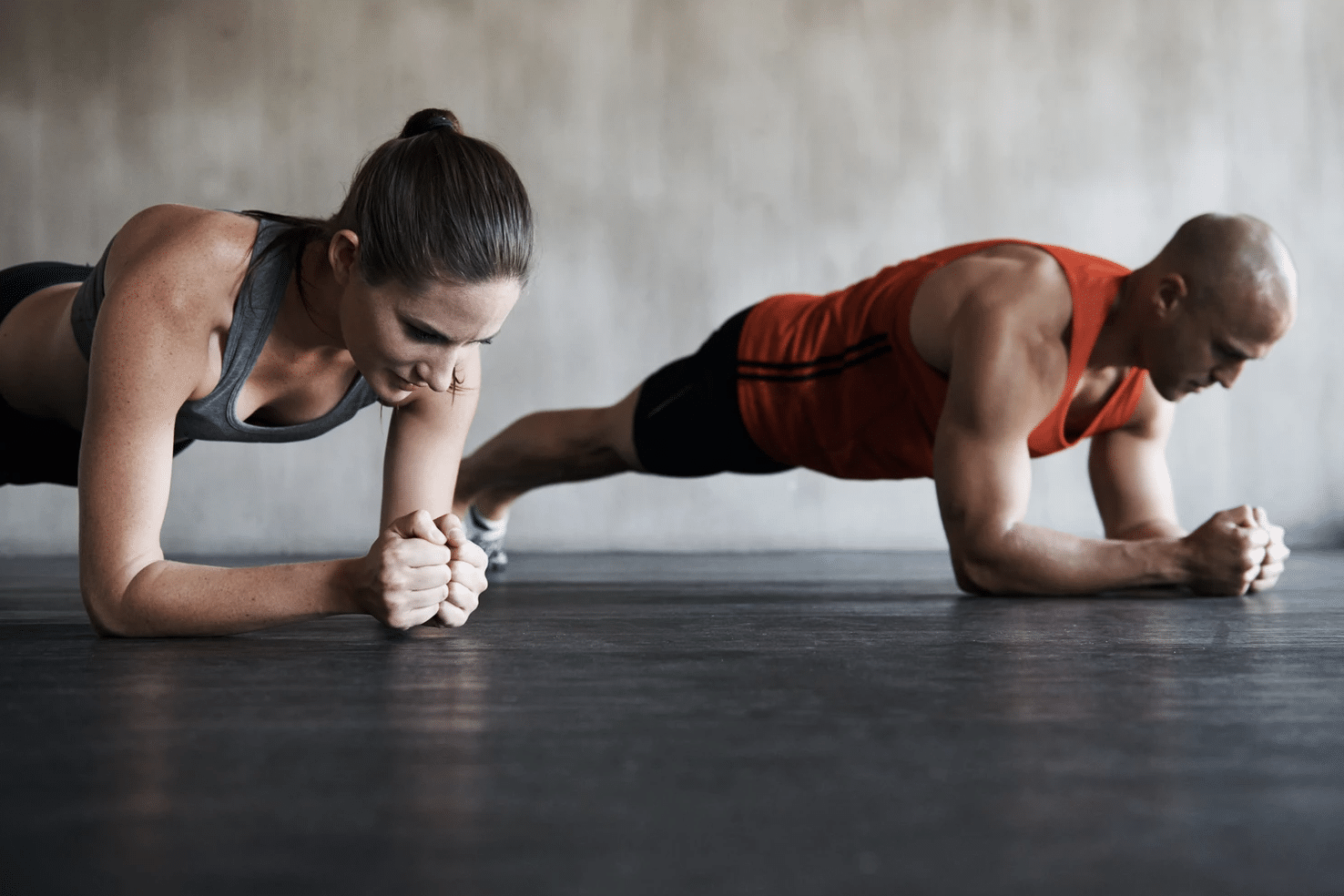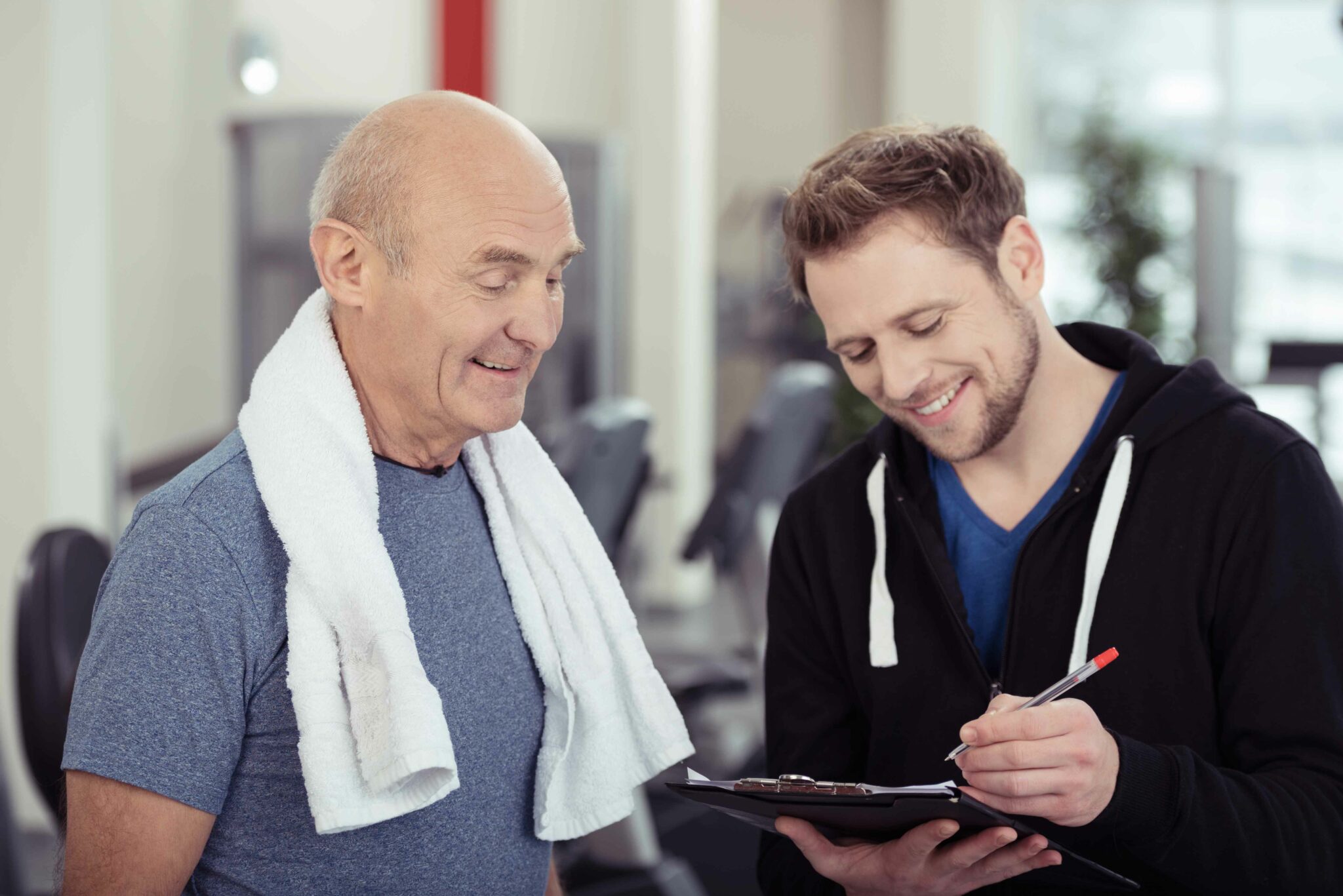
Why Exercise is the Key to Healthy Ageing
Have you heard about the mystical Chinese art of Qigong? If you have, I still believe that Qigong may remain something of a mystery to

In an effort to a healthier lifestyle, more people are working out and engaging in regular physical activity. Or maybe just increasing the frequency and/or intensity in training to take their fitness to the next level.
Injury prevention should be an important part of every physical activity to help you achieve your training goals as well as keep you healthy and safe.
“Does stretching prevent injuries?” This is a common question among patients who have approached me for treatment.
The answer? Not on its own it doesn’t, but it can help!
Your risk for injuries increases if you have:
If you’re currently dealing with an injury, how can you prevent and or minimise the occurrence of further injuries?
Before and after you train there are certain things you can do to ready your body for exercise and assist in your recovery between sessions.
Warm ups should be low in intensity, full body movements,. This could include a light jog or cycle. It should also include some whole body movements (squats, lunges, sun salutations) that take the major joints through full ROM and some light core activation exercises to prime the body for activity (bird dog, dead bugs). Give yourself at least 10 minutes, longer for more intense exercise.
Your cool down should include slow and gentle movements. This is the ideal time for static stretching (holding stretches 15-60 seconds). Give yourself 10 minutes to cool down.
To help you recover from injuries, make sure to include these in your lifestyle:
Now for the big questions – Should you stretch? How much should you stretch? How long do you hold your stretches?
First, consider whether you are more hypermobile or generally stiff . This will determine how much stretching you should do!
If you are generally stiff, more stretching is required. If you’re hypermobile, more strengthening work is required. Static stretching at 15-60 second holds post-exercise is recommended while while dynamic stretching for pre-exercises.
The safest way to stretch? Ease into the stretch until the first point of resistance, hold and breathe, then repeat through increased range.
If you are dealing with an injury it is ideal to monitor your body through your training sessions. This might include a few range of motion tests to assess for stiffness/tension in your body, which may be a sign you are pushing you body beyond its current level of strength and control. It may also include some whole body movements to assess for general ease or difficulty of movement.
Below are a series of exercises (can be practiced in any order). Try monitoring if any of the below exercises either positively or negatively impact your movement tests!
To ensure that you can continue training at a level that not only satisfies you, but helps you achieve you health and fitness goals, listen to your body. Sometimes it wants to be pushed harder and you’ll be stronger for it. But sometimes, you need to take it easy – when you have a lot going on (life stress – work, home, etc) the body can respond just as well to a lighter/easier workout. Speak to our team about taking your training to the next level.
#injuryprevention #stretching #strength #corestrength #physiotherapy #lowerbackpain #backpain #kneepain #shoulderpain

Have you heard about the mystical Chinese art of Qigong? If you have, I still believe that Qigong may remain something of a mystery to

Have you heard about the mystical Chinese art of Qigong? If you have, I still believe that Qigong may remain something of a mystery to

Have you heard about the mystical Chinese art of Qigong? If you have, I still believe that Qigong may remain something of a mystery to